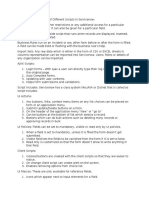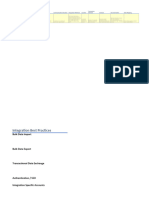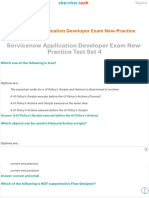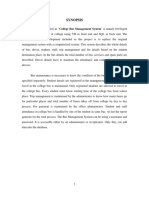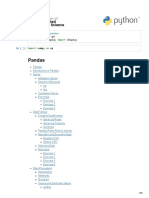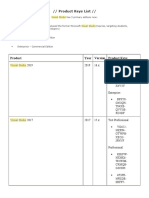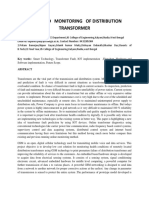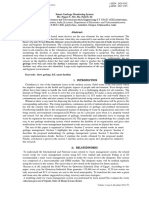0% found this document useful (0 votes)
274 views8 pagesServicenow Cheatsheet
The document provides a comprehensive cheat sheet for ServiceNow development components, detailing their purposes and when to use them across various categories such as Data & Import, Server-side Processing, Client-side & UI, Process Automation, Integration, Governance & Release, Performance & Monitoring, and Security & Access. It emphasizes the importance of choosing the right tools based on client-side vs server-side needs, declarative vs scripting options, and security considerations. Additionally, it highlights the preference for modern tools like Flow Designer and IntegrationHub over legacy systems.
Uploaded by
gonom72342Copyright
© © All Rights Reserved
We take content rights seriously. If you suspect this is your content, claim it here.
Available Formats
Download as PDF, TXT or read online on Scribd
0% found this document useful (0 votes)
274 views8 pagesServicenow Cheatsheet
The document provides a comprehensive cheat sheet for ServiceNow development components, detailing their purposes and when to use them across various categories such as Data & Import, Server-side Processing, Client-side & UI, Process Automation, Integration, Governance & Release, Performance & Monitoring, and Security & Access. It emphasizes the importance of choosing the right tools based on client-side vs server-side needs, declarative vs scripting options, and security considerations. Additionally, it highlights the preference for modern tools like Flow Designer and IntegrationHub over legacy systems.
Uploaded by
gonom72342Copyright
© © All Rights Reserved
We take content rights seriously. If you suspect this is your content, claim it here.
Available Formats
Download as PDF, TXT or read online on Scribd
/ 8













